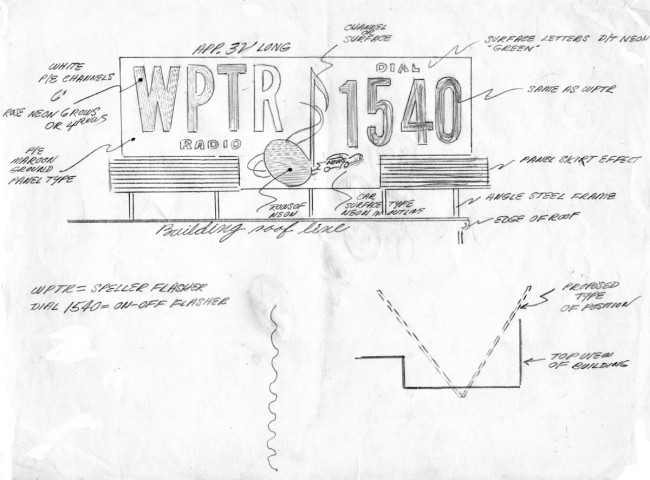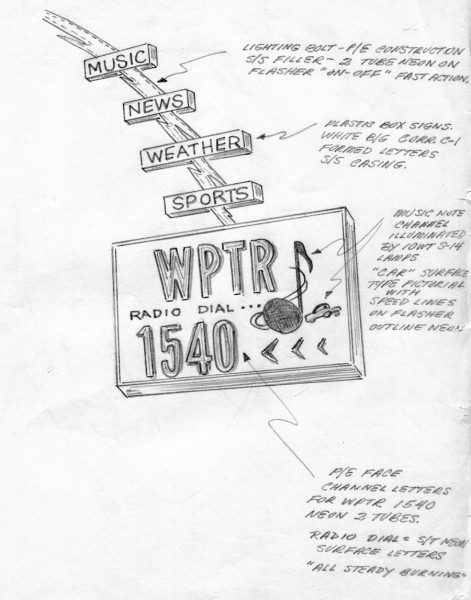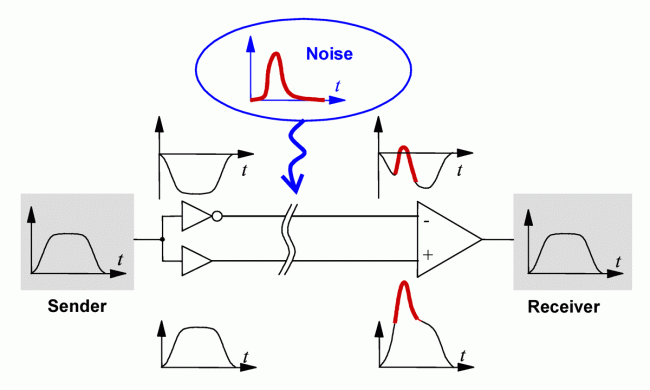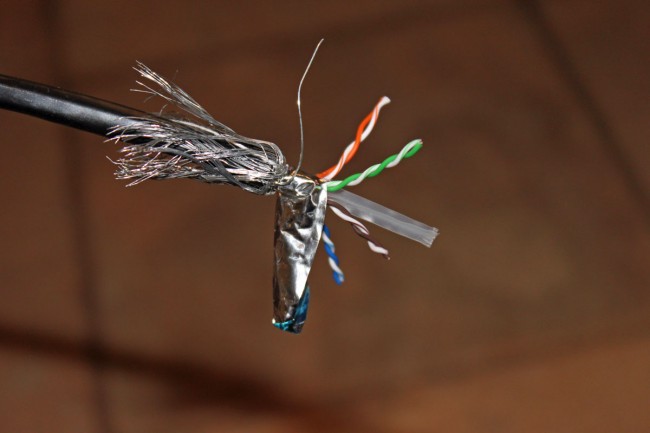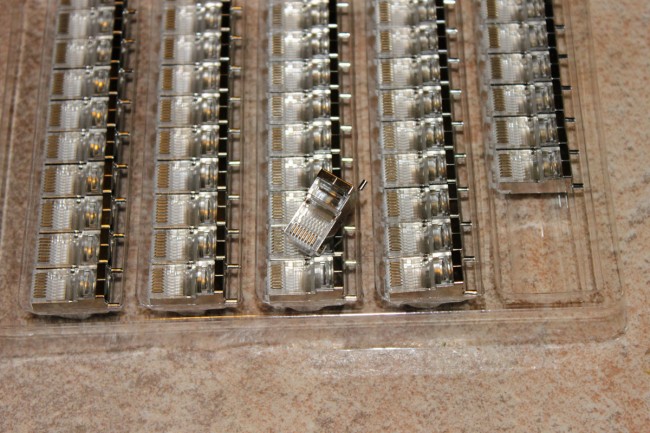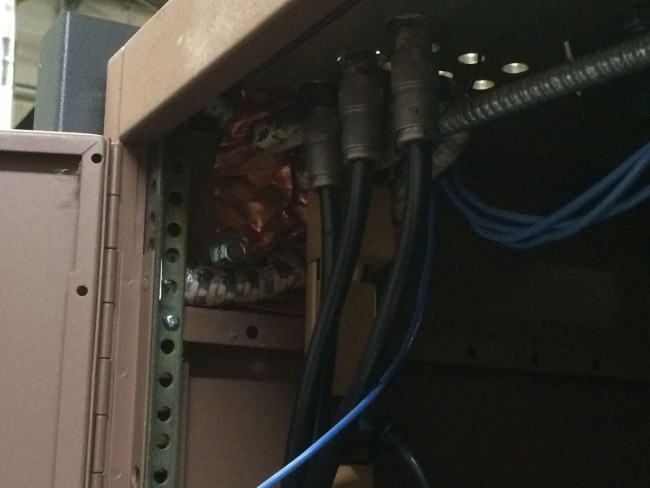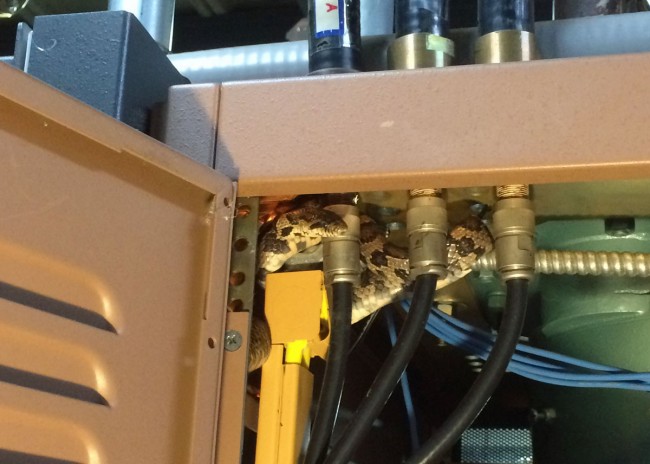We have been poking away at this one for the last year or so. It seems that the previous owners of Berkshire Broadcasting had filed for a translator to rebroadcast WNMB, (100.1 WUPE-FM) North Adams in downtown Pittsfield, during the great translator rush of 2003. When the CP showed up in the mail last March, the current owners were quite surprised.
After looking at the Construction Permit, we made some modifications;
- Moved the transmitter location from 100 North Street to 1 West Street (Crowne Plaza Hotel) which is the tallest building in Pittsfield. Antenna AGL is 44 meters (145 feet).
- Changed the rebroadcasting station from WUPE-FM, North Adams to WUPE-AM Pittsfield
- Changed the antenna to non-directional
- Changed the ERP from 48 watts to 100 watts
We were able to make those antenna and power changes because we changed the parent station to the local AM station, WUPE, 1,110 KHz. The previous power/pattern was submitted to keep the translator signal within the 60 dBu contour of the FM station in North Adams.
This, I feel, is the best use for an AM to FM translator. WUPE-AM is a class D station with no nighttime service. Adding a nighttime service greatly increases the station’s value to the community. While the 100 Watt translator does not cover nearly as much as the 5,000-watt AM station, the transmitter location is right in the center of Pittsfield, so coverage of the population center is excellent.
The view from the top of the Crowne Plaza is quite spectacular. I am pretty sure I will have a lot of transmitter maintenance to do right about the middle of October.
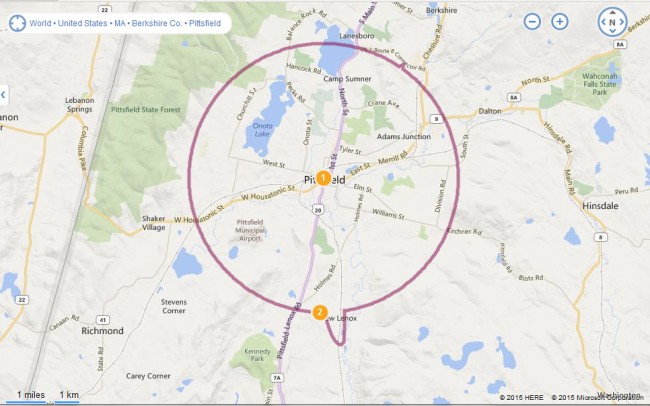
The installation is fairly straightforward:
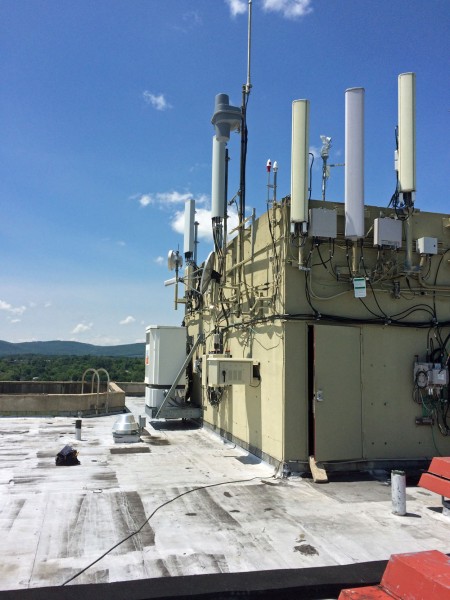
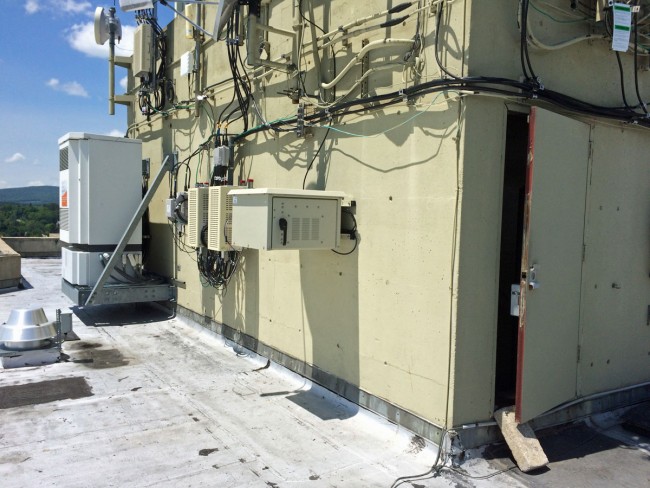
The outdoor enclosure is a DDB POD-16DXC which is rather nice, it comes with rack rails and a thermostatically controlled fan.
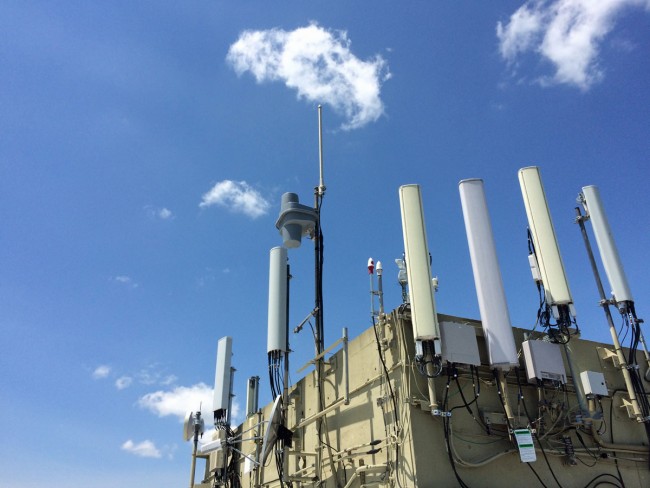
The antenna is a Shively 6812B with RADOMES. The transmitter is a BW Broadcast TX600v2. I really like these transmitters, they are well-designed and rugged. We have yet to have a single failure of one of these units in the field.
The station ERP is 100 watts, so a small bit of calculating is required to arrive at the proper station TPO. I find it easier to make all these calculations in the decibels per milliwatt (dBm) unit domain, then convert them back to watts. Thus, the ERP is 100 watts or 50 dBm. The antenna has a gain of -3.4 dBm. We used 25 feet of LMR-400, which at 103.3 MHz, has a loss of -0.26 dBm. The total losses are -3.66 dBm, making the necessary TPO 53.66 dBm, 232.27 watts, or rounding down to 232 watts.

